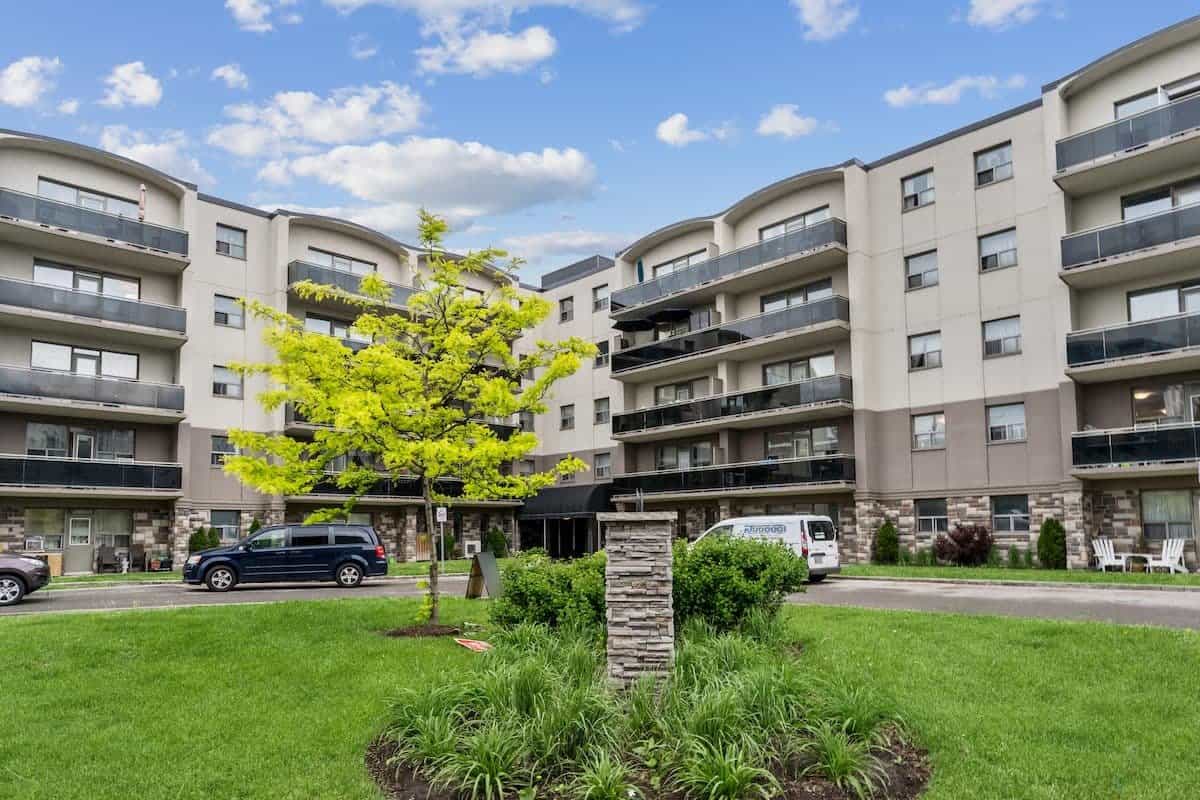Rent prices declining in GTA, from high-end Toronto to more ‘affordable cities like Oshawa and Hamilton – report
Published October 9, 2024 at 3:47 pm

Average asking rents for all residential property types in Canada increased by 2.1 per cent year-over-year in September, reaching an average of $2,193 per month – the smallest annual rent growth since October 2021.
The annual rate of rent growth, according to Rentals.ca and Urbanation’s latest National Rent Report has slowed for five consecutive months, significantly down from May’s nine per cent growth.
The impacts are felt the hardest in the cities where rent is the most expensive, with the top four of Vancouver ($2,649 1-bdrm, $3,488 2-bdrm), Burnaby ($2,493, $3,052), Toronto ($2,402, 3,052) and Mississauga all seeing rent drops in both their month-to-month and year-over-year numbers.

Even in more affordable markets in Ontario rents are declining for the most part. Oshawa (ranked #17) recorded an average rent of $1,865 for a one-bedroom unit, down 0.9 per cent from August. Year-over-year the rent total is up slightly (1.5 per cent), but two-bedroom units in Oshawa ($2,130) are down 1.4 per cent from last month and down 1.3 per cent from this time in 2023.
Hamilton (ranked #22) saw its average one-bedroom units drop 0.6 per cent month-to-month and a substantial 6.1 per cent year-over year to $1,767. Two-bedroom apartments in the city fell 0.3 per cent and five per cent, respectively, to an average of $2,165.

Despite the slowdown, rents remain 13.4 per cent higher than two years ago and 25.2 per cent higher than three years ago, reflecting the lasting impact of the pandemic on housing costs. The slowdown in rent increases aligns with a significant reduction in non-permanent residents entering the country.
“Rents in Canada are increasing at their slowest pace in nearly three years, largely the result of foreign student enrollments dropping by roughly half from their record highs, with the impact felt most in B.C. and Ontario,” said Shaun Hildebrand, President of Urbanation. “Meanwhile, smaller, more affordable markets continue to see strong upward pressure on rents as demand shifts to less expensive parts of the country.”
Ontario and British Columbia recorded the most significant annual rent declines, with average asking rents for purpose-built and condominium apartments down 4.3 per cent in Ontario to $2,380 and down 3.2 per cent in B.C. to $2,570. Meanwhile, rents surged in Saskatchewan by 23.5 per cent, making it the fastest-growing province in the country.
Amongst the most affordable markets, Lloydminster led rent growth with a 27.5 per cent annual increase but maintained its position as Canada’s most affordable city with average apartment rents of $1,178. Other affordable markets experiencing significant growth include Saskatoon (+24.8 per cent) and Quebec City (+24 per cent).
Shared accommodation rents grew by 6.9 per cent annually, averaging $1,009 in September, as demand for these more affordable options continues to rise, particularly in higher-priced regions like Toronto and Vancouver.
The National Rent Report charts and analyzes monthly, quarterly and annual rates and trends in the rental market on national, provincial, and municipal levels across all listings on the Rentals.ca network for Canada, with the report written by Urbanation, a Toronto-based real estate research firm.






